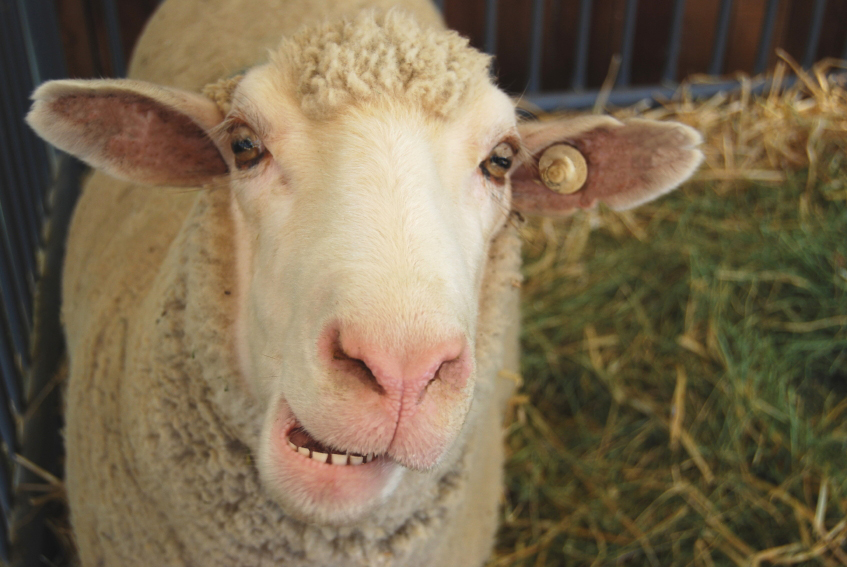According to experts, ever since the cloning of the ewe, Dolly, the question surrounding human cloning has become “complicated, risky and ethically questionable to the extent that other methods have taken precedence”.
Dolly was the first mammal to be cloned. This was carried out in 1996 using the somatic cell nuclear transfer (SCNT) technique. The nucleus of an adult cell is collected with its DNA (a mammary gland cell in Dolly’s case), and implanted in an unfertilised egg with the nucleus removed.
No human being has been cloned in this way to date because “cloning as a human reproduction technique has been widely opposed across the world on ethical grounds and because of health risks”. Furthermore, it has been seen that “in animals, only a handful of cloned embryos can survive up until birth and many subsequently develop health problems”.
Although cloning has not led to direct applications in the medical field, it has paved the way to numerous spin-off technologies such as:
· IPS cells (induced pluripotent stem cells). Stem cells are created without using embryos, by stimulating mature cells which are brought to a juvenile state.
· The transfer of healthy mitochondrial DNA during in-vitro fertilisation (also known as “three-parent IVF”) to avoid diseases transmitted by the mother.
In view of these sometimes controversial innovations (see Three-parent IVF: “We have no setback”, “Efficacy of three parent IVF” contested by American scientists”), Aaron Levine, bioethicist at the Georgia Institute of Technology (United States) believes that “cell cloning will disappear”. He added that, “There are simply not enough areas where cloning is essential and which cannot be accessed using another technique”.
AFP 04/07/2016

